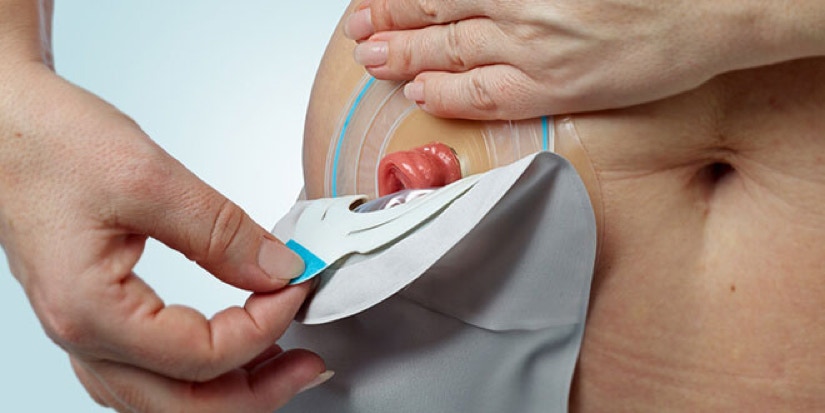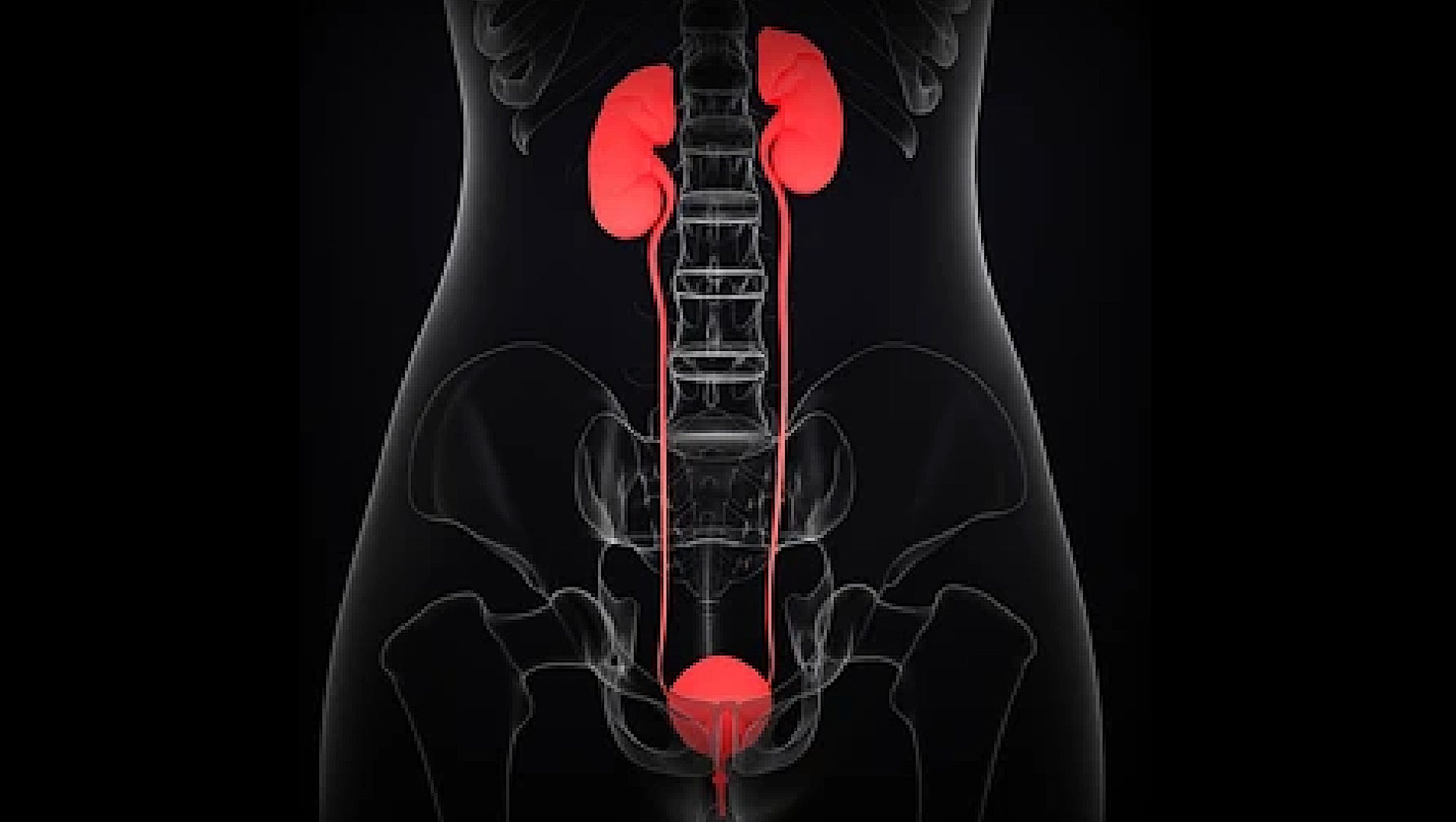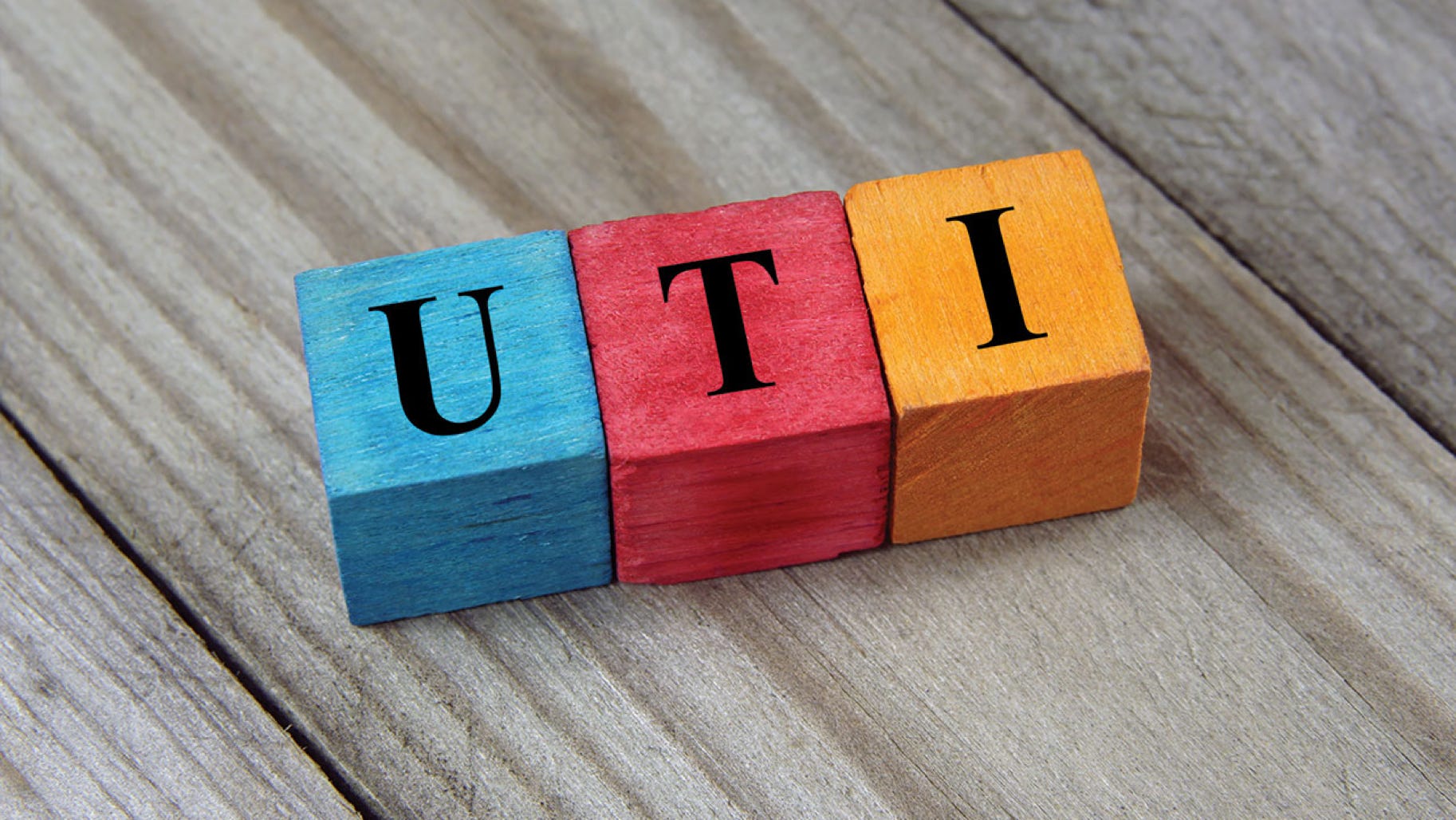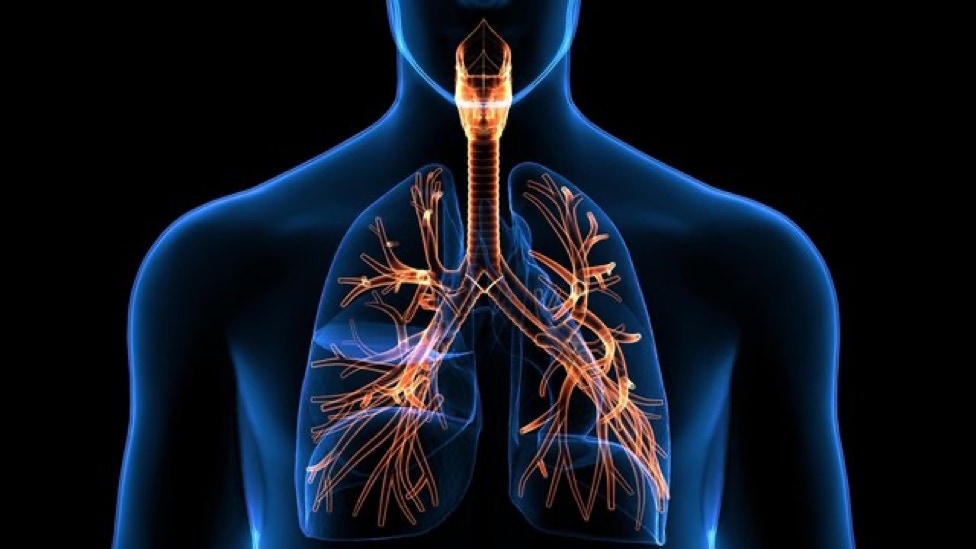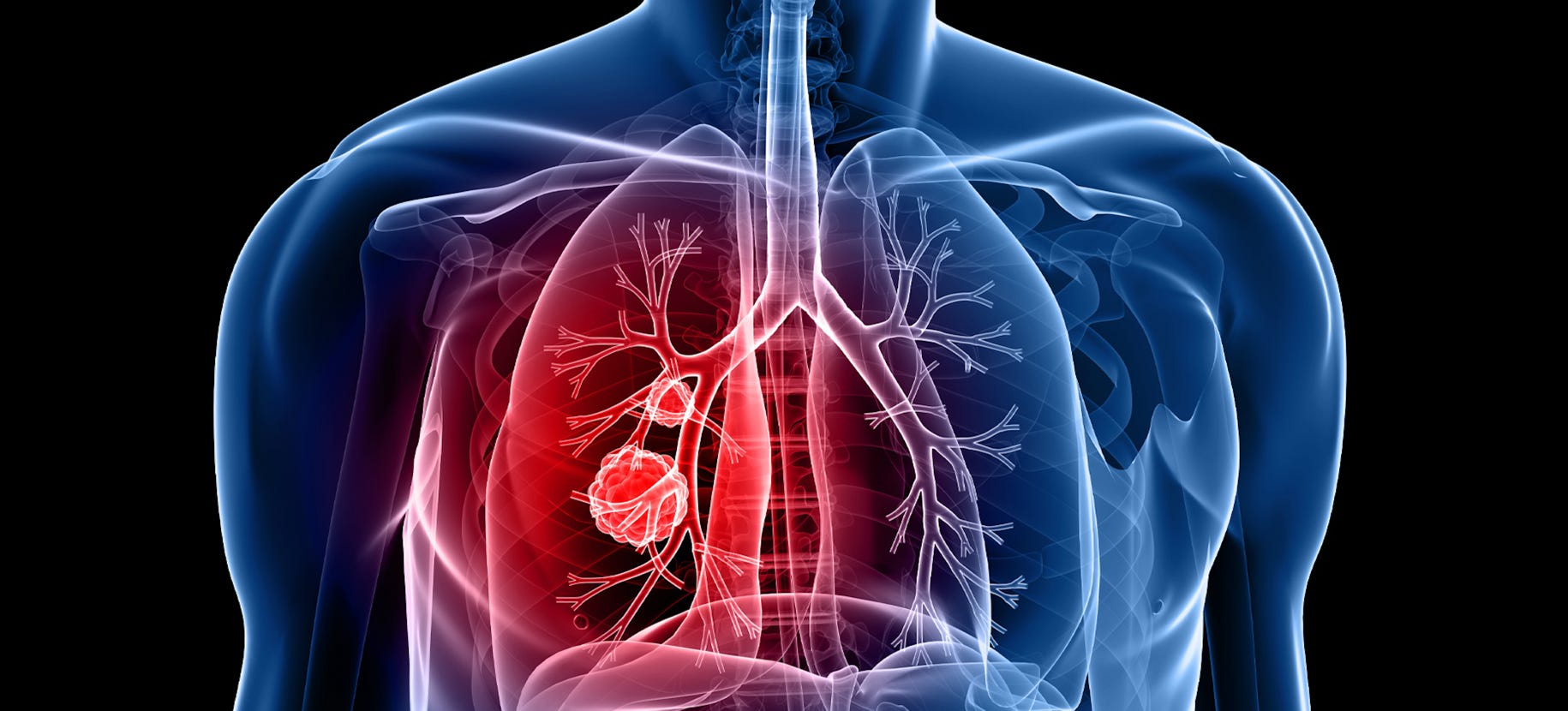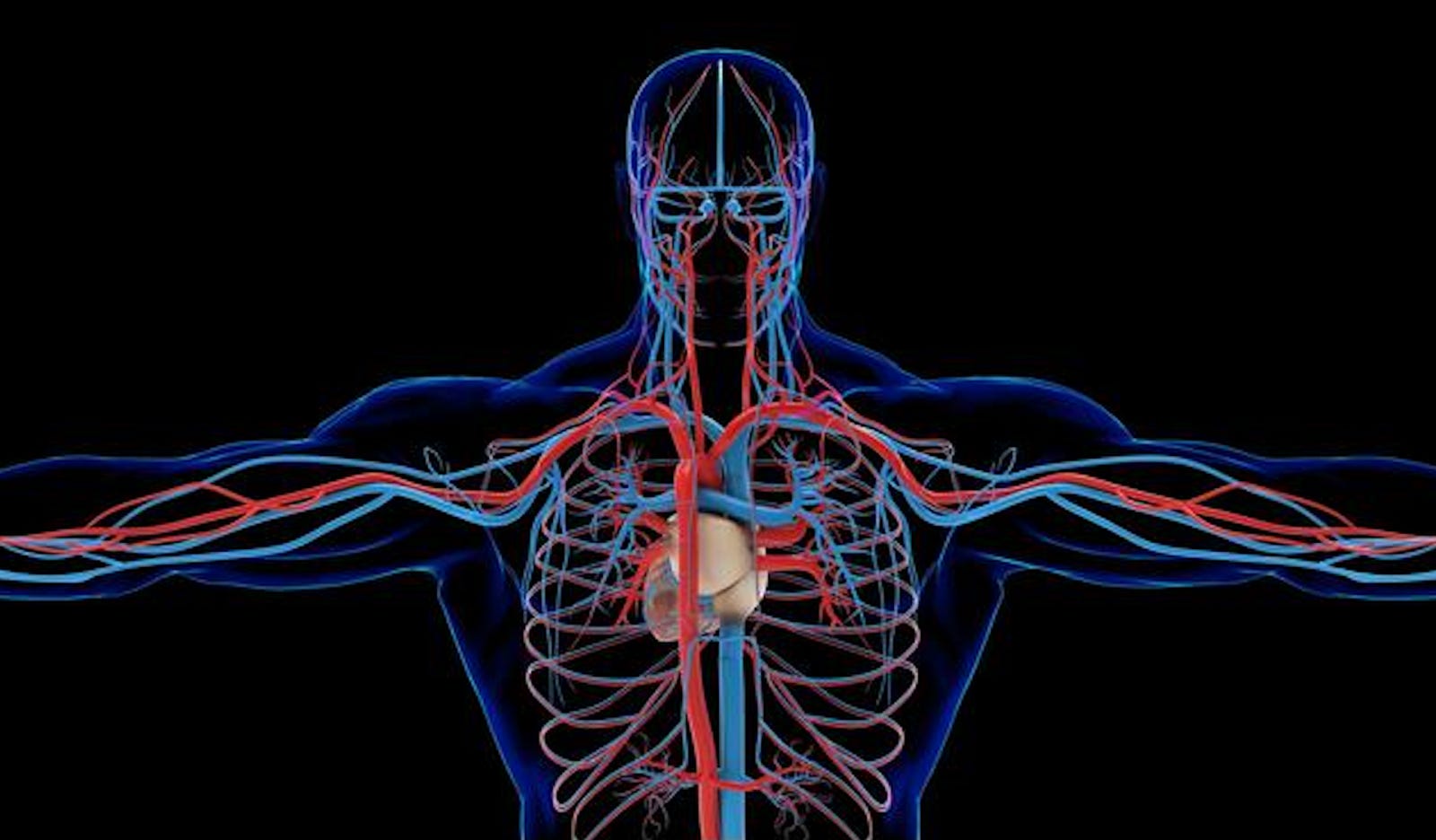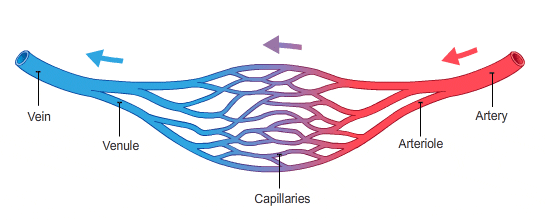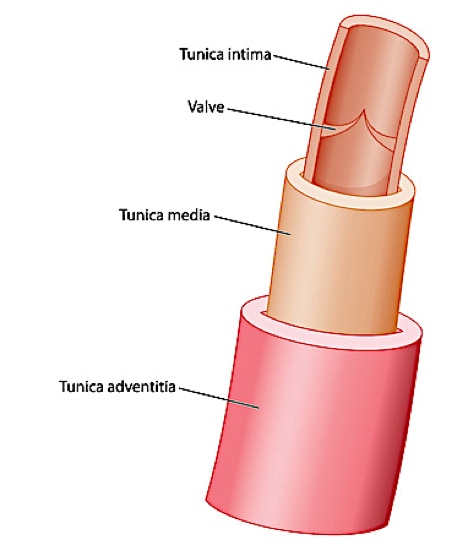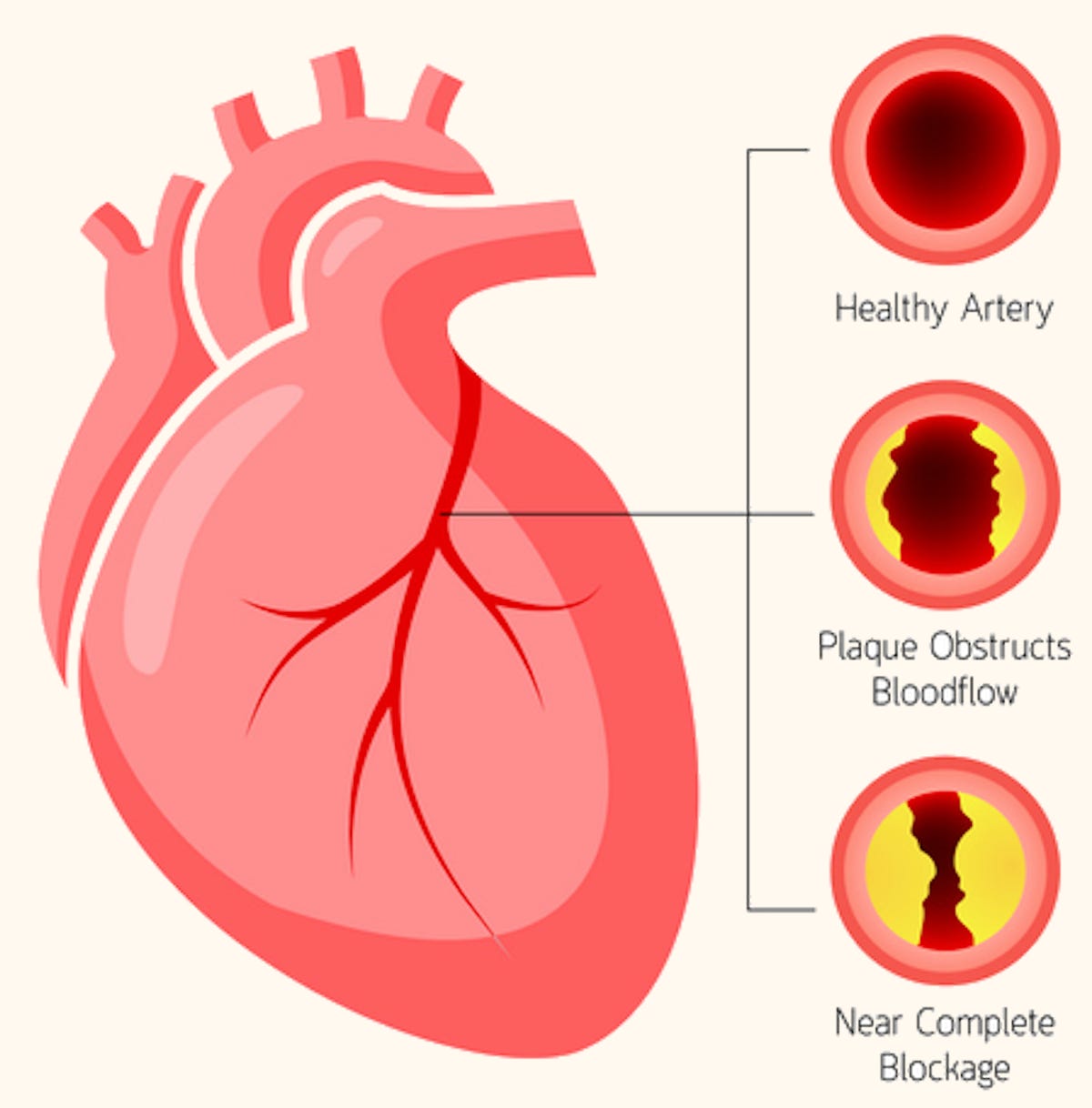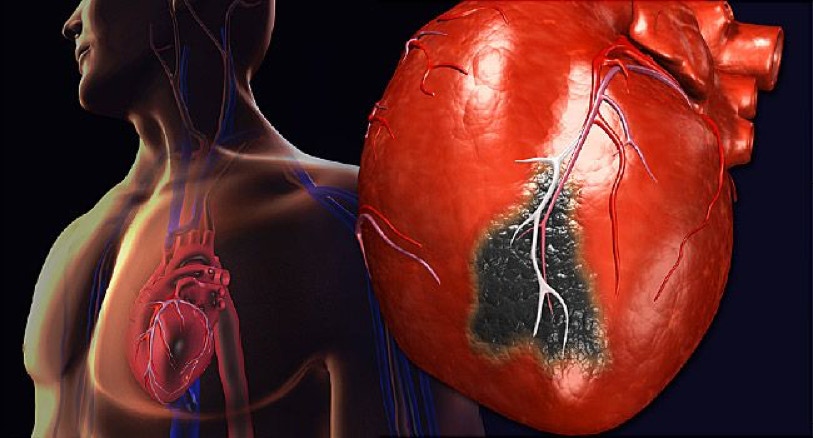Module 7:
Human Anatomy and Physiology

Anatomy:
structural composition of the body
Physiology:
Function of a particular organ
Homeostasis:
A state of equilibrium or balance in the body internal environment maintained by compensating for charges ( feedback and regulation )
Tissues:
Groups of similar cells that work together to perform a special function
There are four basic types of tissue:
Connective: supports and connects all parts of body; includes adipose (fat), cartilage, bone and blood
Epithelial: covers and protects body and mind organs, vessels, and cavities
Muscles: contracts to produce movement
Nerve: Nerve tissue is specialized for intercellular communication by the conduction of electrical impulses and release of chemical messages.
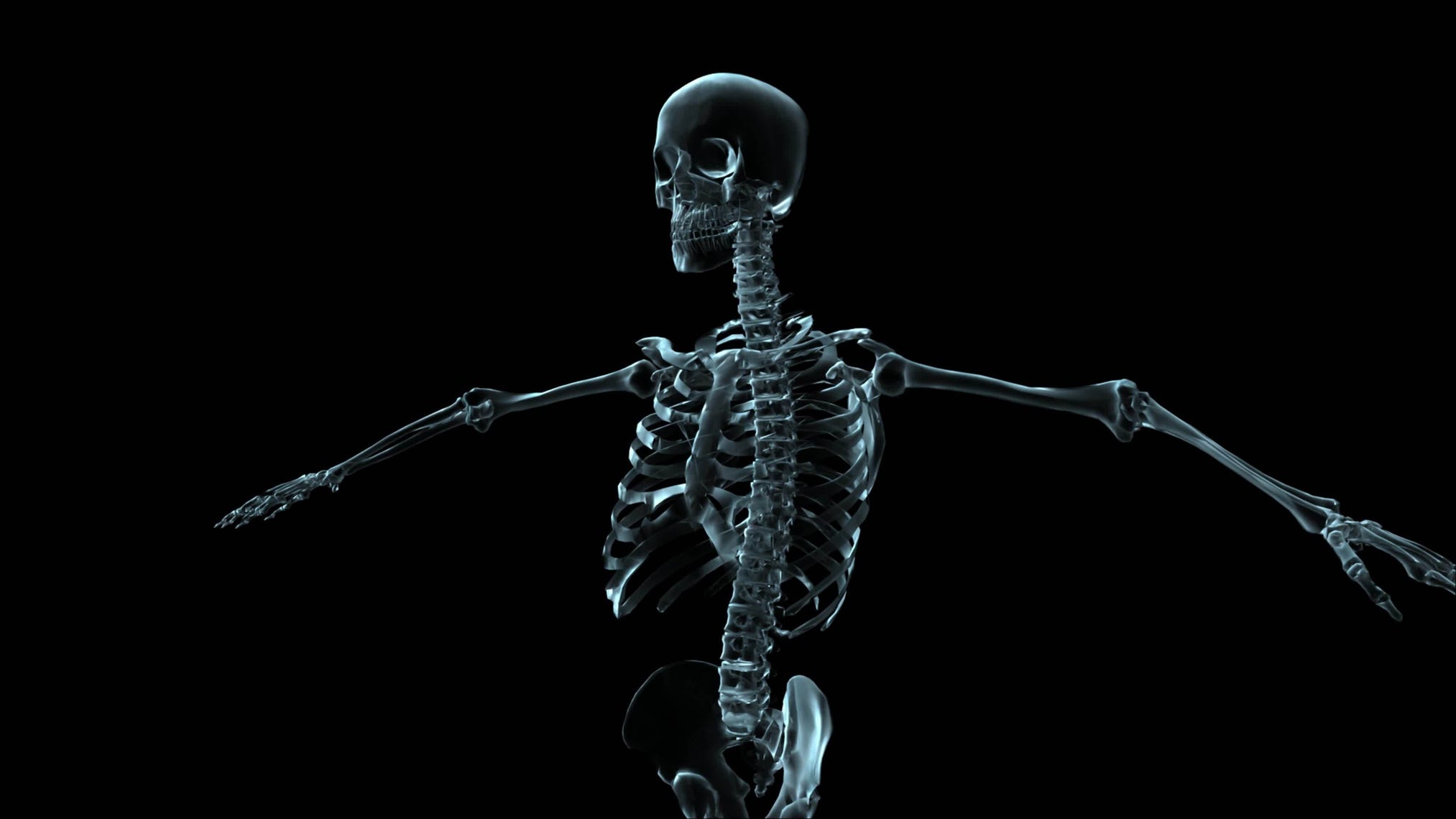
Skeletal System
The skeletal system includes all the bones, plus the connective tissue at the joints. It functions to support the body, provide movement, and protect
the internal organs. Bones also store the minerals phosphorus and calcium, and the marrow of certain bones is the site of hematopoiesis, formation of
blood cells.
Bones: Type of defense connective tissue which consists of bone cells surrounded by hard deposits of calcium salts.
Bone is living tissues with their own network of blood and lymph vessels and nerves, There are 206 bones in the adult skeleton. Bones are classified by their shapes:
Flat ( ribs )
Irregular ( vertebrae )
Long ( femur )
- Short (carpals )
Joints: Junction or union between two or more bones
Freely movable joints have synovial cavity
Atrophy
The wasting away, decreasing in size, and weakening of the muscles from lack of use.
Contractures
The permanent and often painful stiffening of a jointed muscle.
Arthritis
inflammation of the joints causing stiffness and pain, decreased mobility, pain and stiffness increase in cold or damp weather
Arthritis may be treated in these ways:
Anti-inflammatory medications (aspirin or ibuprofen)
Local applications of heat
Range of Motion Exercises
Osteoporosis
a condition in which the bones become brittle and weak; may be due to age, lack of hormones during menopause, not enough calcium in bones,
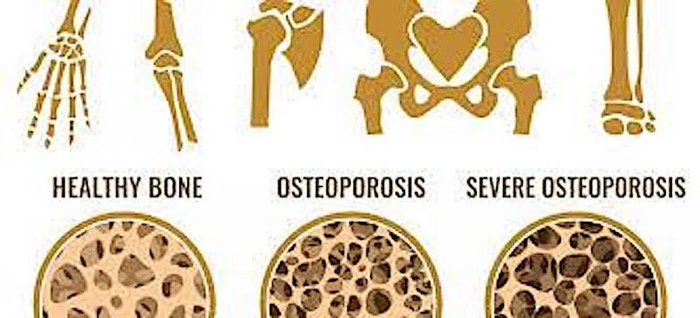
Remember these facts about osteoporosis:
Causes bones to become brittle.
Occurs more commonly in women after menopause.
Menopause
the stopping of menstrual periods.
These are some signs and symptoms of osteoporosis:
Brittle Bones
Lower Back Pain
Stooped posture
The following can be done to prevent injuries from osteoporosis:
Move residents with osteoporosis very carefully
Follow care plan regarding medication, and calcium supplements, which might be used to treat osteoporosis.
Fall prevention's the key to avoiding fractures.
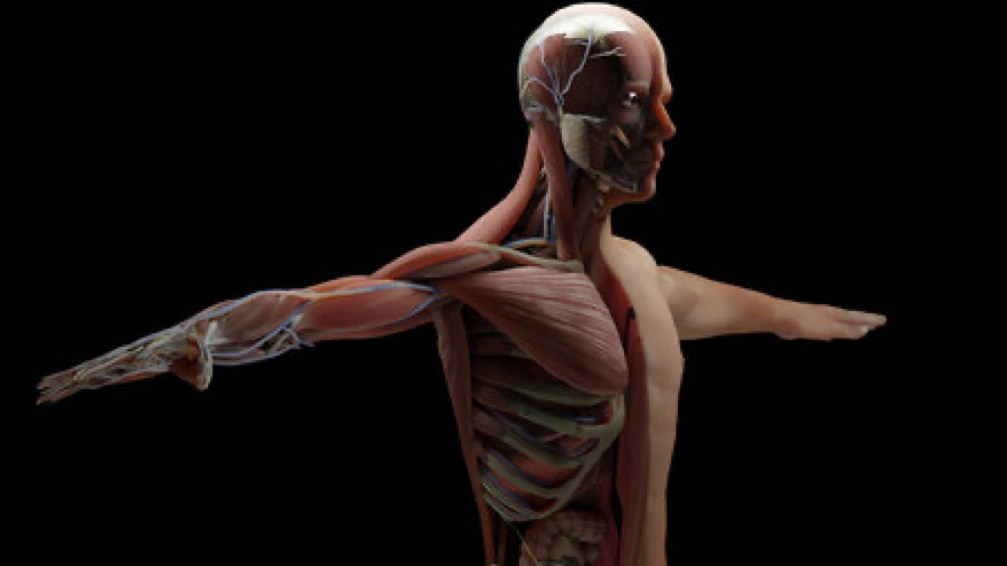
Muscular System
Functions
Moves body ( via contraction of muscles cells )
Maintains posture ( via muscles tone )
Produces heat ( from muscle cell metabolism )
Aids in organ function and blood circulation
Skeletal muscles move the skeleton, allowing the vast range of activities that make up daily life. Cardiac muscle pumps the blood for the circulatory system. The primary function of smooth muscle is to regulate the passage of materials through vessels.
Cardiac muscles: Walls and layers of the heart; used pump blood
Skeletal muscles: attach to bones; produces movement and joints
Smooth muscles: Wall of hollow organs; produces peristalsis
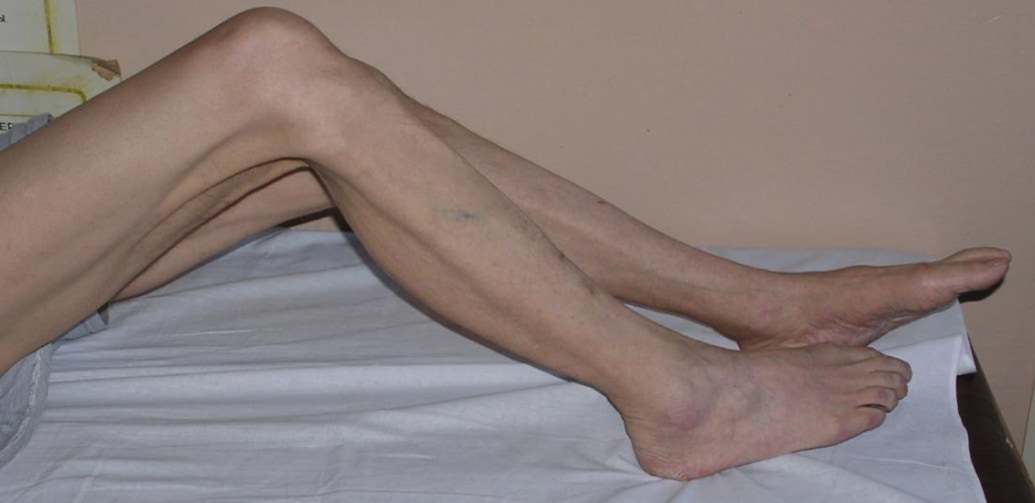
Atrophy
The wasting away, decreasing in size, and weakening of the muscles from lack of use.
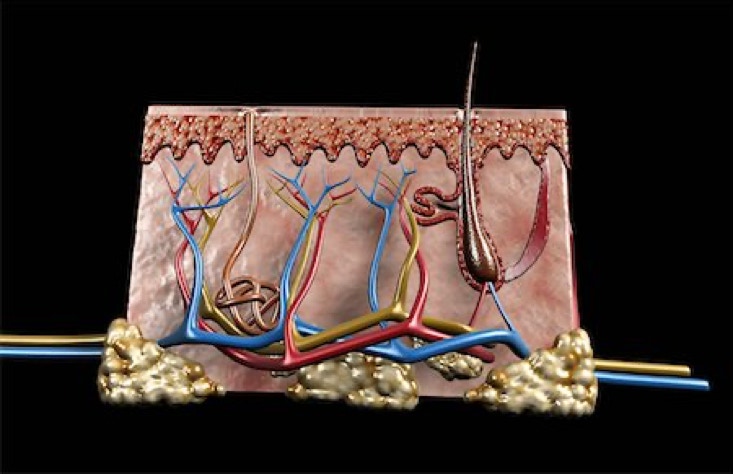
Integumentary System
The integumentary system, also knows as skin, forms the outer covering of the body. It includes the skin, hair, nails, and sweat glands and is the largest organ. The principal functions of the integumentary system are protection, thermoregulation (control of body temperature), and sensation.
The skin forms an effective barrier against invasion by microbes and chemicals. Evaporation of sweat from the surface of the skin is the major means by which humans cool themselves.
Sensory cells embedded in the skin allow the brain to receive information about the environment.
Functions:
Protect the body from bacterial invasion, dehydration, sun rays
Regulate body temperature
Eliminates some waste through sweat
Received environmental stimuli ( heat, cold, touch, pain )
Skin layers:
Epidermis: Outermost and thinnest later of the skin.
Avascular ( no blood vessels )
Produces skin pigment melanin
Dermis: Inner layer of the skin
Composed of elastic and fibrous connective tissue
Contains blood and lymph vessels oil and sweat glands
Subcutaneous: Connective and adipose tissue; Connects skin to surface muscles

Nervous System
Function is to control and coordinate activities of various body systems by electrical impulses and chemical substances sent and received
Two functions
Somatic: voluntary movement of skeletal muscle
Autonomic: involuntary movement of cardiac and smooth muscles
Central nervous system ( CNS )
Brain and spinal cord
Surrounded and cushioned by cavity filled with cerebrospinal fluid
Protected by three layers of connective tissue
Sensory or afferent nerves: Carry impulses to CNS From sensory receptors in various parts of the body
Motor or efferent nerves: Carry impulses from CNS to organs, glands and muscles
CEREBROVASCULAR ACCIDENT (CVA) - STROKE

Cerebrovascular accident (CVA)
a condition that occurs when the blood supply to a part of the brain is cut off suddenly by a clot or ruptured blood vessel; also known as a stroke
Signs that a stroke is occurring:
facial numbness or weakness
Slurred speech or difficulty speaking
paralysis on one side of the body
Early treatment of a stroke may be able to reduce the severity of the stroke and minimize the effects it has on the body.
Care Guidelines for a stroke:
Assist with exercise as ordered, keeping safety in mind.
Use terms “weaker” or “involved”, never use the term “bad side”
Residents may experience confusion, memory loss, and emotions, be patient and understanding
Always check on resident’s body alignment
If residents have lost sense of touch or sensation, be aware of the
potentially harmful situations such as closeness to heat and sharp objects.
For transfers:
Always use gait belt
Stand on and support weaker side.
Lead with stronger side.
For assisting with dressing:
Dress weaker side first. Undress stronger side first
Use assistive devices to help resident dress himself / herself
SEIZURES
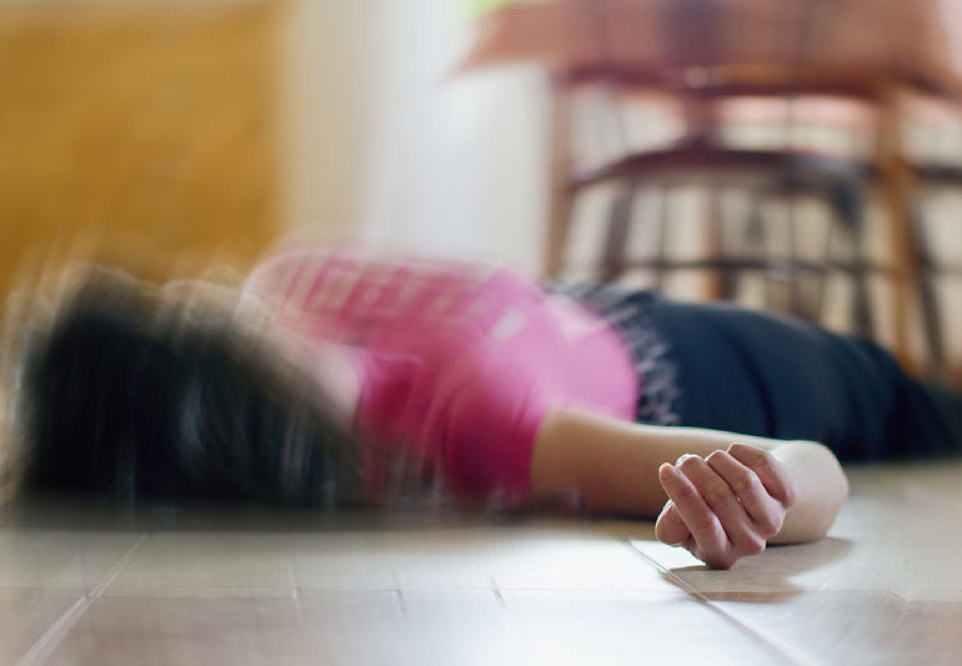
Seizure:
A seizure is a sudden, uncontrolled electrical disturbance in the brain. It can cause changes in your behavior, movements or feelings, and in levels of consciousness.
The following are signs of the seizure:
Severe shaking
Thrusting arms and legs uncontrollable
Jaw Clenching
Drooling
Inability to swallow
Remember: The primary goal of the caregiver during a seizure is to keep the resident safe.
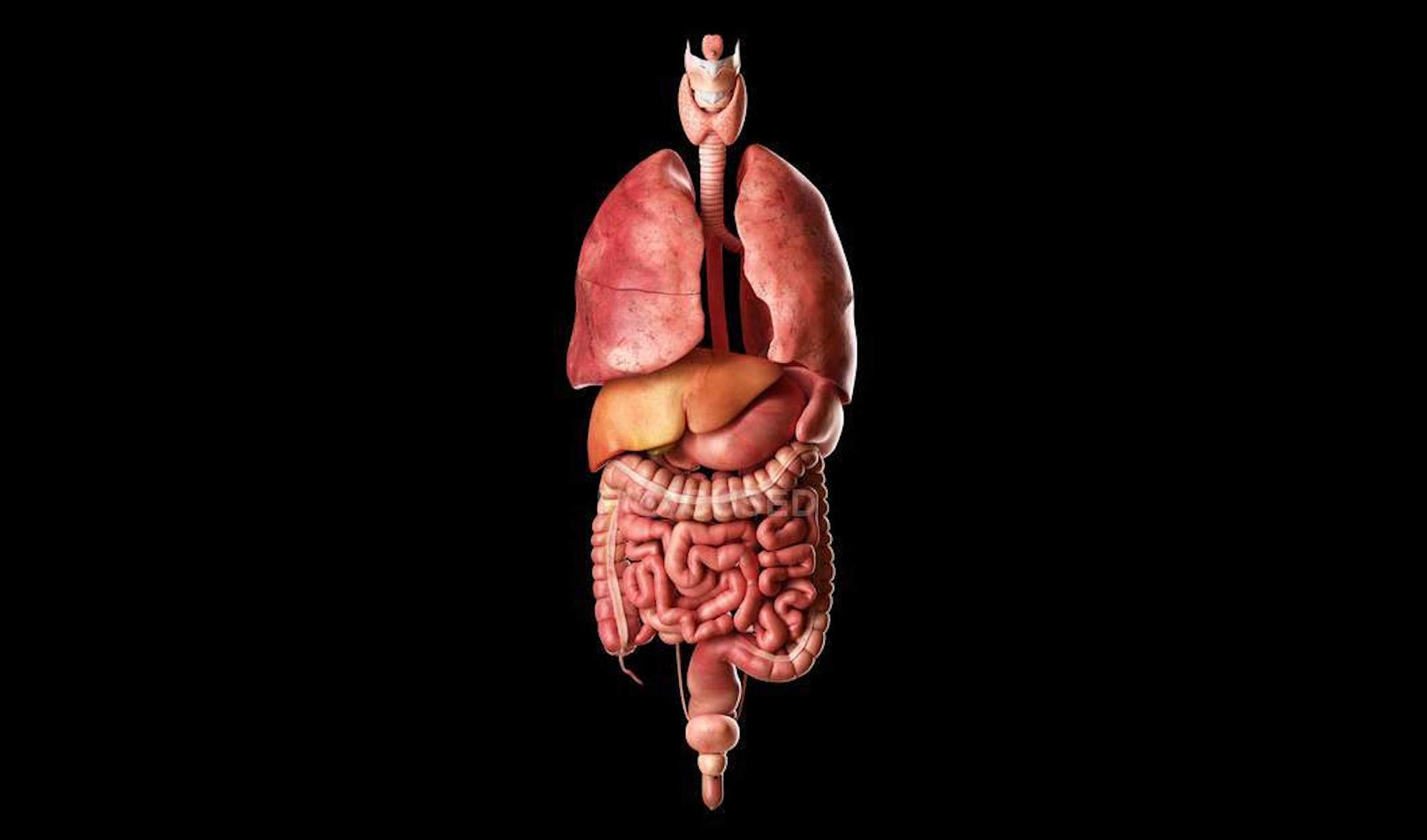
Digestive System
The digestive system is responsible for the absorption of nutrients into and the elimination of waste from the digestive tract.
The digestive system includes the mouth, esophagus, stomach, small and large intestines, rectum, and anus, plus the accessory digestive organs, including the liver, gallbladder, and pancreas.
The purpose of digestion is to break down food into molecules small enough to be absorbed by the intestines. This process includes both mechanical and chemical digestion.
Functions
Take in food
Brake food down into usable components for absorption
Eliminate waste products
Structures
Gastrointestinal tract: ( mouth, pharynx, esophagus, stomach, small and large intestine )
Accessory organs: ( Lips, teeth, Tongue, Salivary glands, Liver, Pancreas, gallbladder )
DIARREAH
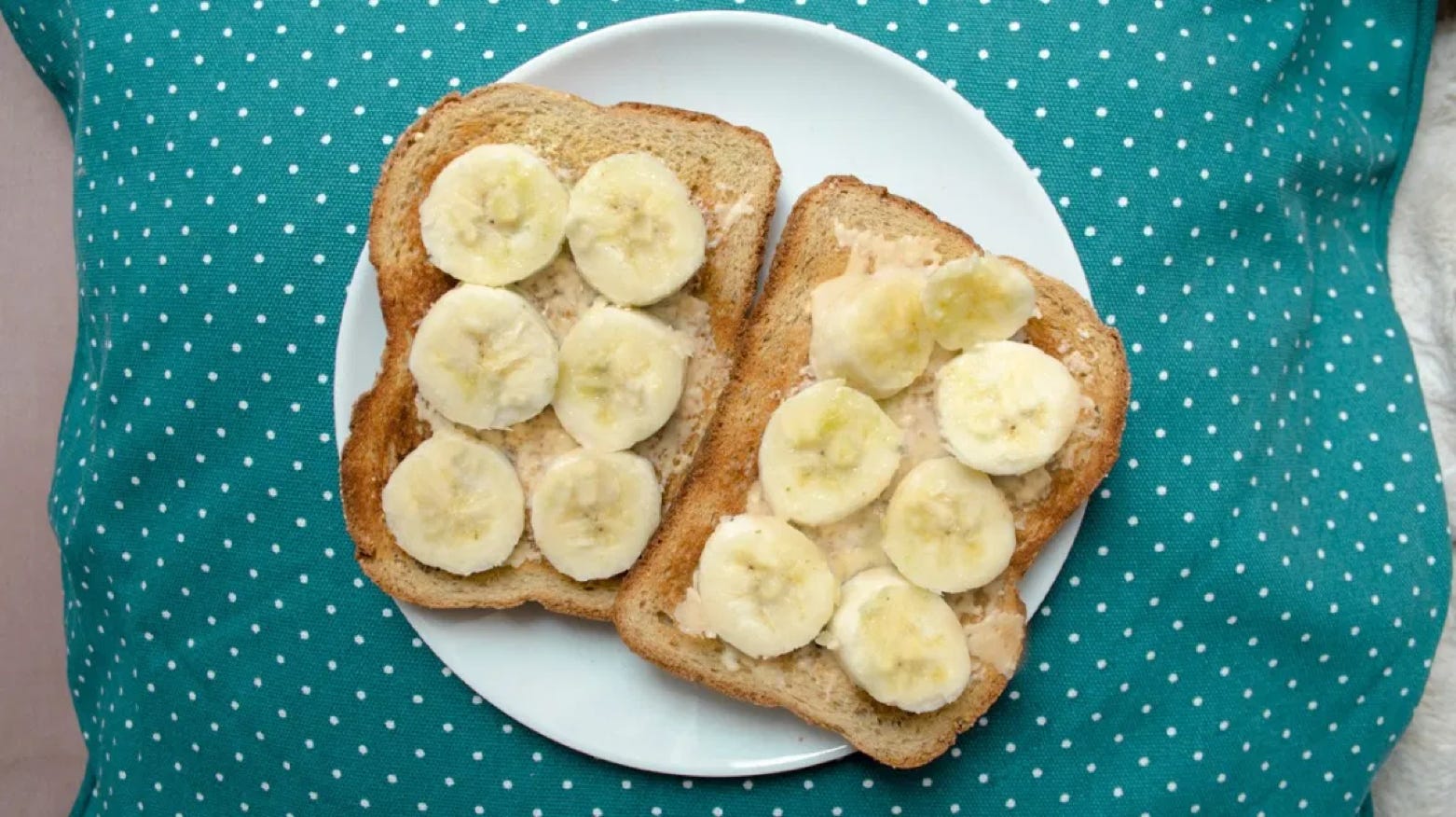
Diarrhea
Frequent elimination of liquid or dimi-liquid feces
Causes:
Infection
Microorganisms
Irritating foods
Medications (antibiotics)
Symptoms:
Abdominal cramps
Urgency
Treatment:
Medication
Change of diet- bananas, rice, apples, tea, and toast (BRAT diet)
CONSTIPATION
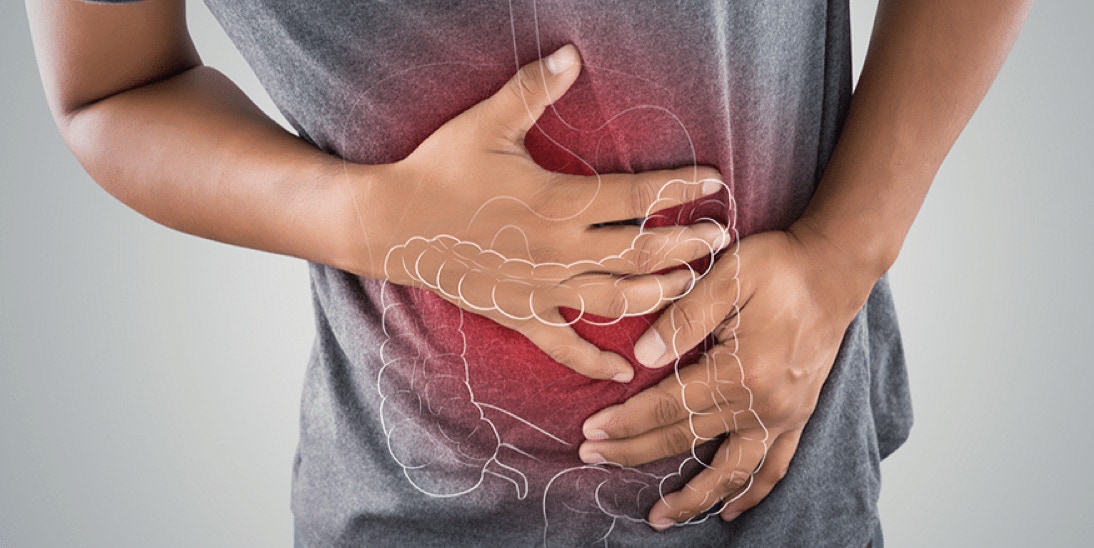
Constipation
The inability to eliminate stool, or the difficult and painful elimination of a hard, dry stool.
Causes:
Decreased fluid intake
Poor diet
Inactivity
Medications (Pain Killers)
Aging
Symptoms:
Abdominal swelling
Irritability
No recent record of bowel movement
Treatment:
Enema
Enema:
A specific amount of water, with or without an additive, that is introduced into the colon to eliminate stool.
FECAL IMPACTION
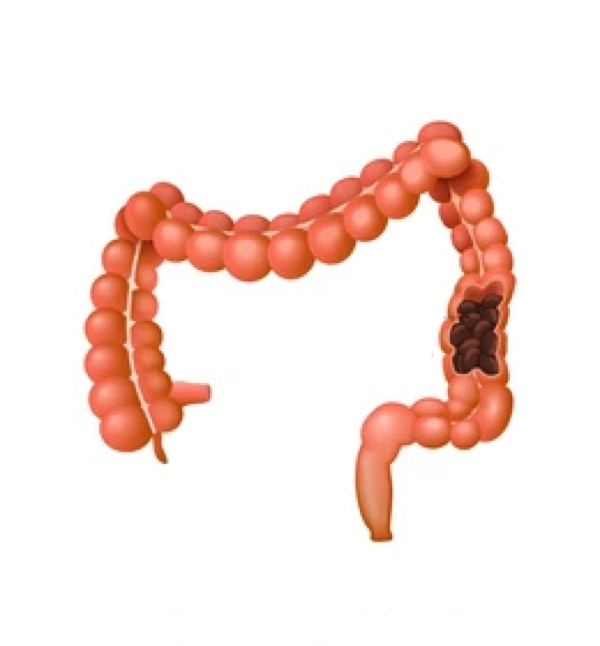
Fecal Impaction
hard stool that is stuck in the rectum and cannot be expelled; results from unrelieved constipation
Symptoms:
No stool for several days
Oozing of liquid stool
Rectal pain
Treatment:
Nurse or doctor inserts one or two gloved fingers into the rectum to break mass into fragments so that it can be passed.
hemorrhoids:
Enlarged veins in the rectum and / or outside the anus resulting from an increase in pressure in the lower rectum due to:
Straining during bowel movements
Chronic constipation
Sitting for long periods of time the toilet
Diabetes
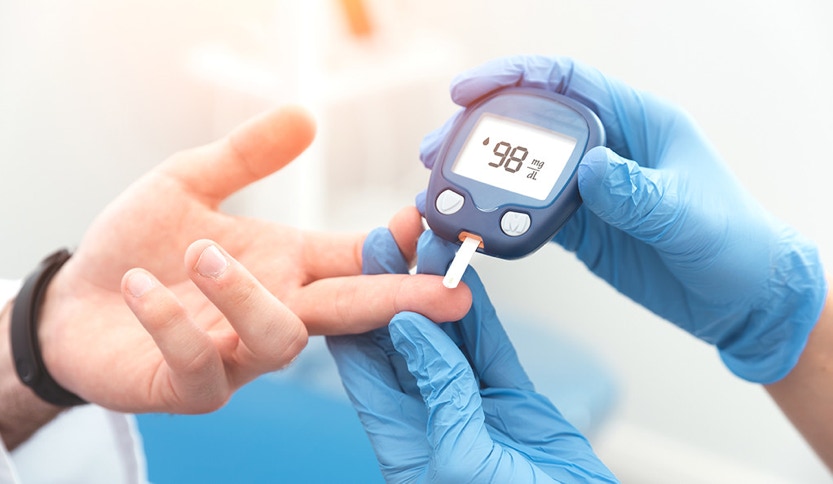
A condition in which the pancreas does not produce enough, or does not properly use insulin.
Insulin:
A hormone that converts glucose into energy for the body.
facts about diabetes:
Two types are type 1(diagnosed in children and young adults, will continue throughout a person’s life) and type 2 (adult-onset and milder)
Signs of hypoglycemia or low blood sugar:
Weakness
Drowsiness
Low blood pressure
Cold sweats
Smell of alcohol
Signs of hyperglycemia or high blood sugar:
Excessive thirst
Hunger
Blurred vision
Nausea and vomiting
Sweet, fruity breath odor
OSTOMIES
